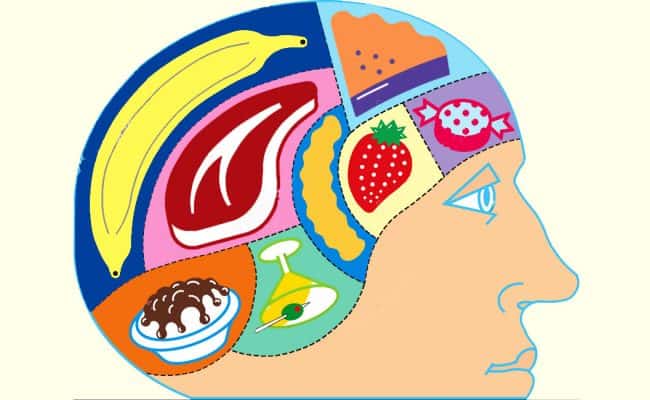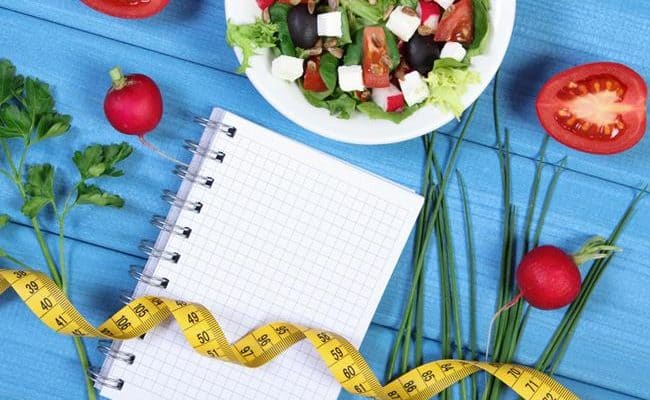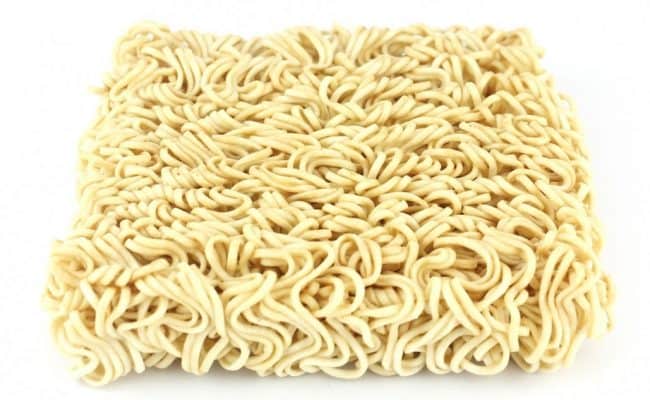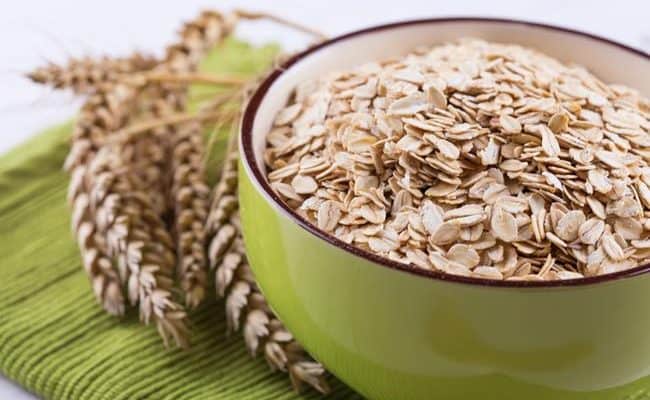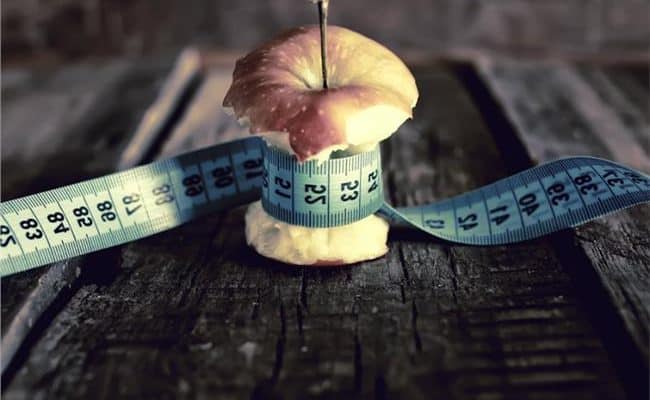
There are many eating tips and habits that can help or hinder weight loss/health goals. Changing a few daily eating habits could help set you up for success long term. Here are five common “mistakes” with food intake, and changing them around could help you reach your weight or health goals.
Skipping meals
It may seem like a good thing if you accidentally skip a meal throughout the day because you are cutting your calorie intake. However, most research suggests that skipping a meal means you just make up for it by eating larger meals later in the day or eating more snacks. (See also: How many meals you should eat a day)
Breakfast can be a common meal for people to skip, and there are many health benefits associated with eating breakfast. A 2009 study in Public Health Nutrition concluded that children who skipped breakfast made up for the lost calories by having larger meals and snacks later in the day. Also, compared to children who didn’t skip meals, breakfast skippers BMI was more likely to be higher.
Whether it’s breakfast, lunch or dinner, try not to miss a meal altogether. You are probably doing yourself a dis-service and won’t make you reach weight loss goals quicker; in fact it may slow you down.
Also read:
Not getting enough fiber
Fiber provides many health benefits including: lowering risk for heart disease, certain cancers, stroke, diabetes, obesity and gastrointestinal disorders. Fiber can also positively impact blood cholesterol and blood sugar levels.
Unfortunately, most Americans do not get the recommended amount of dietary fiber. In fact, according to a 2009 review article from Nutrition Reviews, Americans get only about half of the recommended amount of fiber. The recommended amount of fiber per day is 14gm/1,000 calories. This translates to about 25 gm per day for women under 50 years old, and 38 gm for men under 50 years old.
Increase fiber intake by eating more fruits, vegetables, whole grains, legumes, nuts and seeds. Even if you eat these foods in your diet, you may still not be getting enough total fiber. Try bumping up your amount of each of these foods.
Not eating real foods
In today’s food supply, you can buy packaged foods that have nutrition claims of real food ingredients. Parts of foods are packaged together to portray an “ideal” or complete food. Don’t fall for buying packaged food that claims it is just as good as or better than real food.
Packaged food is often full of chemicals, preservatives, sodium and artificial flavorings. Real food does not have these and has higher content of natural vitamins, minerals and antioxidants. Even if packaged foods claim to have as much fiber as 2 servings of vegetables, you’re still not getting the other nutrients in the vegetables if you replace it with a package.
Packaged foods can be helpful for convenience, but the majority of your diet should be based on real foods (see foods listed above under fiber sources).
Eating out too much
More and more restaurants are starting to offer healthy meals and transparent ingredients. However, restaurant meals tend to still be high in calories and sodium levels. Cooking at home can provide more balanced nutrition, control over seasoning and smaller portion sizes.
It’s easy to eat too much when eating out, and most of the time you’re getting more calories than you think. There’s nothing wrong with splurging by going out to eat once in a while, but having that be the norm may not be the best nutritionally.
If you feel like you’re constantly eating out, make a goal to eat at home at least 4-5 nights a week. Eating at home is also socially and developmentally beneficial for children, and eating meals at home can increase their nutrition.
Eating the same foods
Most people easily get caught in food ruts, meaning we choose the same foods over and over. It makes going grocery shopping easier by choosing the same food options; you don’t have to think about what you’re buying. However, you may be doing yourself a dis-service by limiting your variety.
Challenge yourself to try new foods, especially fruits and vegetables. Aim to eat different colors of the rainbow every day. Change up your protein sources, and switch out your go-to grains for other options.
Eating a varied diet can help you meet all your vitamin and mineral needs, and it diversifies which phytonutrients you are getting.
Conclusion
There are simple habits you can change to increase your nutrition and possibly assist you in weight loss goals. Don’t make a habit of skipping meals, as this only leads to eating more later in the day. Skipping meals has also been associated with a higher BMI in some research studies.
Get adequate fiber intake; bump up your fruits, veggies, whole grains, legumes and nut intake. Most Americans only get half the recommended fiber amount! Eating primarily real foods and cooking at home can help increase nutrient intake and decrease extra calories.
Diversifying your food intake can help you get a variety of phytonutrients and vitamins and minerals your regular “go-to” foods may be lacking.
References used in this article


